Healthy skin is an essential component of a healthy life. Facing challenges as your skin gets older, or learning of a condition that can put the rest of your body in danger, can affect not just your physical health, but your well-being and confidence, too.
At Advanced Dermatology & Skin Surgery, your skin is as important to us as it is to you. We’re an experienced team of Fellowship-Trained Mohs Surgeons, Board-Certified Dermatologists, Certified Physician Assistants, Advanced Registered Nurse Practitioners, and Licensed Aestheticians. We specialize in diagnosing and treating a wide variety of skin conditions, diseases and cancers. And together with our caring staff, we understand both the concerns that come with skin-related ailments, and the confidence that comes with beautiful, healthy skin.
Because you’re valuable to us, we’ll always ask good questions and listen to your answers. Because our years of experience have shown us time and again that accurate and timely diagnoses are vital for success, we take the time to understand your whole story. And because we know that some skin conditions can be a source of stress or fear, we’ll make sure that you fully understand all the details of the treatments we recommend.
Come see why we’re well-known in the Greater Spokane and Inland Northwest areas for our personalized, concierge level of full-service dermatological care that helps restore not just your skin, but your spirit.
Conditions We Treat
Our expert physicians and staff are able to diagnose and treat a wide variety of medical dermatology conditions. Read below to find out how we can help you.
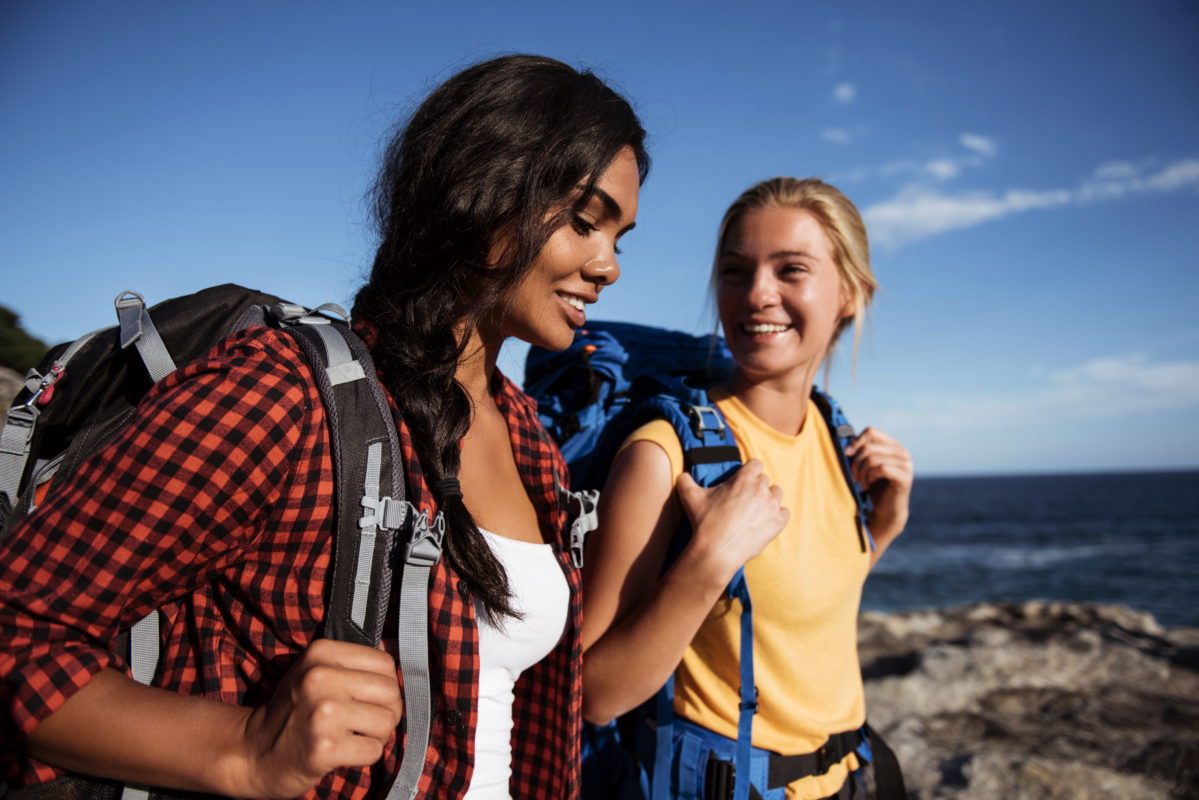
Acne:
One of the most common skin conditions reported in the U.S., acne impacts people of all ages, genders, ethnicities, and skin tones. There are various acne treatments and skin care products available and our experienced Skin Care Providers will help you customize a solution for your acne. Read more about acne and acne treatments here.
Learn More
Actinic Keratosis:
Actinic keratosis (AK) is a dry, scaly patch that forms on the skin, many times due to years of sun exposure. AK lesions can have a variety of appearances, but typically they’re scaly, feel like sandpaper, and range in color from skin-toned to reddish-brown. AKs commonly appear above the neckline, making them difficult to conceal, and can sometimes be painful. Learn more about AKs and AK treatments here.
Learn More
Age Spots:
The medical term is solar lentigines, but we know them as age spots, sun spots or liver spots. They’re small, flat, round spots on the skin that begin to appear later in life on sun-exposed areas. The spots aren’t painful, but they’re often associated with aging. Learn more about age spots here.
Learn More
Aging Skin:
Collagen and elastin are proteins that make skin look youthful and tight, but production decreases dramatically with age. This natural process, combined with a loss of fat, causes skin to thin out, wrinkle, and sag. We have solutions for wherever you are on your skin journey, from prevention to reversal. Learn more about aging skin here.
Learn More
Angiomas:
Angiomas are benign growths made up of small blood vessels and can appear anywhere on the body. The three most common types are spider angiomas, angiokeratomas, and cherry angiomas, and while they aren’t usually harmful, they can be unsightly. Learn more about angiomas and how to remove them here.
Learn More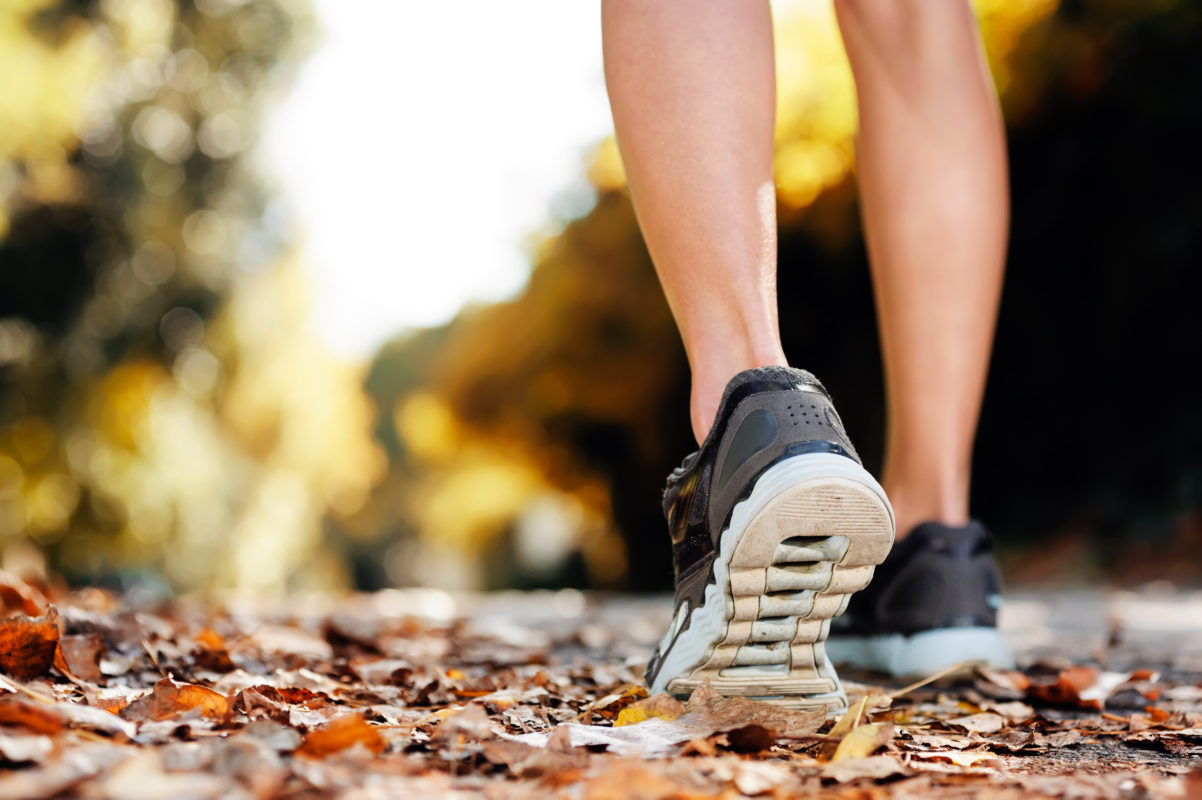
Athlete’s Foot:
This is a common skin infection of the feet. It’s caused by fungus and typically appears as cracked, flaking, peeling skin between the toes, redness and itching. Learn more about Athlete’s foot treatment here.
Learn More
Eczema (Dermatitis):
Eczema (also known as dermatitis) is a word we use to describe a number of types of inflamed, irritated skin. It’s a condition that can flare up and go away over time, and usually appears as a red rash that may be blistered, swollen, itchy, and painful. Learn more about eczema here.
Learn More
Hair Loss:
While it’s typically considered a men’s health topic, hair loss also impacts many women. There are various ways to treat or stop the loss of your hair (also called alopecia), depending on your unique situation and needs, and our experts can help determine which treatment plan is right for you. Learn more about hair loss and hair loss treatment here.
Learn More
Hyperhidrosis:
Hyperhidrosis is the scientific term for abnormally excessive sweating that’s not necessarily related to being overheated or exercising. The sweat typically originates from the armpits or palms, and it may cause sufferers to sweat so much that it soaks through clothes or drips off their hands or arms. Learn more about hyperhidrosis, and how to treat it, here.
Learn More
Keratosis Pilaris:
Keratosis pilaris (KP) is bumpy, dry skin that forms when hair follicles get clogged by dry skin cells. It can happen to people of all ages and in various places of the body, but it’s particularly common on the upper arms of teenagers and adults, as well as the cheeks of infants. Learn more about KP and KP treatments here.
Learn More
Melanoma:
Melanomas occur in the pigment-producing cells that give color to the skin. And while it isn’t the most common form of skin cancer, it is considered the most dangerous. We understand that a melanoma diagnosis can be a scary time and that you’ll have many questions throughout the process of diagnosis and treatment. Learn more about melanoma and melanoma treatment options here.
Learn More
Moles:
Moles are very common — most people have between 10 and 40 on their body. They can be different colors, such as pink, tan, brown or a color that is very close to your skin tone. Most moles are benign, but it is important to keep an eye on them. Learn more about moles, what to look for, and removal options here.
Learn More
Pigmentation Disorders:
Vitiligo, melasma, and other conditions that cause skin discolorations result from the overproduction or underproduction of melanin, the pigment that gives skin its natural color. Learn more about why and how your skin can become discolored and how to treat it here.
Learn More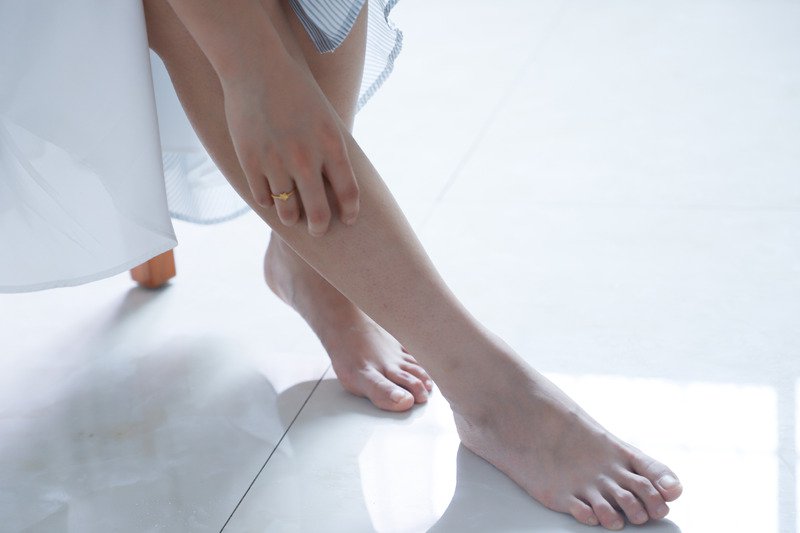
Psoriasis:
If you have psoriasis, it means that your skin cells reproduce much faster than normal. This overproduction causes red, scaly patches on the limbs, scalp, and other parts of the body, and can be long-lasting. There’s no cure for psoriasis, but there are ways to manage it. Learn more about treatment options here.
Learn More
Rosacea:
Rosacea is a chronic skin condition that causes facial redness and swelling, but can also affect the scalp, neck, and ears. One of the first symptoms of rosacea you may notice is a tendency to flush or blush easily. Learn more about rosacea and how to treat or reduce the appearance of it here.
Learn More
Seborrheic Dermatitis:
This is a very common, scaling rash that tends to occur in areas where the skin is oily. Typical impact areas include the scalp (dandruff), eyebrows, eyelids (blepharitis), ears, nasal folds, armpits, and groin. When it appears in infancy, it’s referred to as “cradle cap.” Read more about Seborrheic Dermatitis and treatment options here.
Learn More
Seborrheic Keratosis:
SKs are dark skin growths that appear in adulthood, and although they can be large and fast-growing, they are benign. Unlike moles, SKs are not related to sun damage, so you may find them in areas that are usually covered by clothing. Learn more about Seborrheic Keratosis here.
Learn More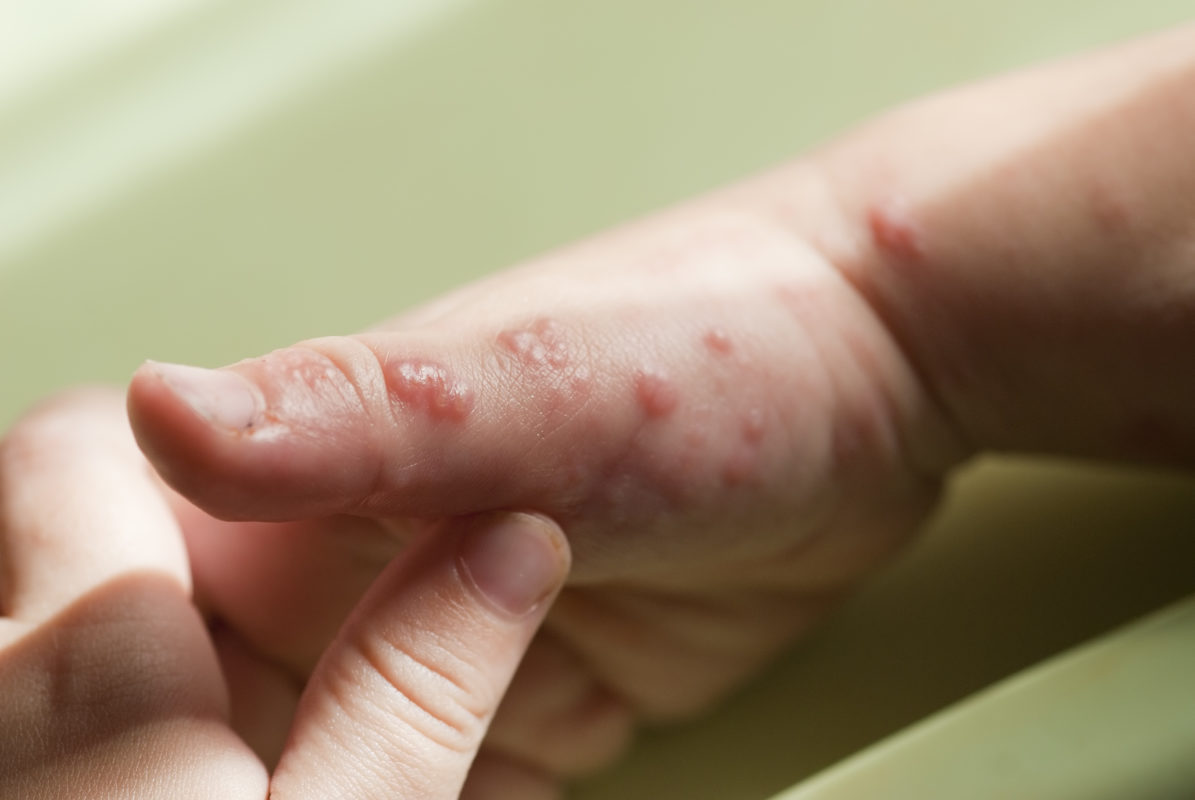
Shingles:
Herpes zoster, more commonly known as shingles, develops when the virus that causes chickenpox (varicella-zoster) reactivates after lying dormant within the nerve cells. Learn more about Shingles here.
Learn More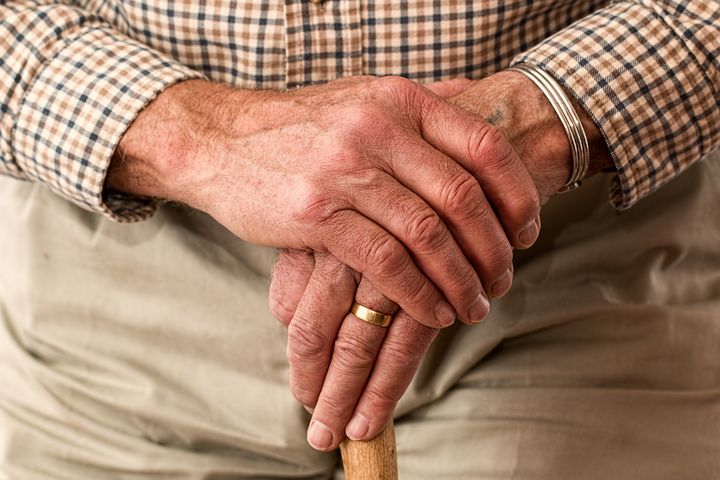
Skin Cancer:
Skin cancer is caused by the abnormal growth of previously healthy skin cells. Most skin cancers develop on the visible outer layer of the skin, particularly in sun-exposed areas such as the face, head, hands, arms, and legs. Read more about skin cancer, detection, and treatment here.
Learn More
Warts:
Warts are growths on the skin caused by the human papillomavirus (HPV). They are very common, particularly in children, and can spread by direct contact to other parts of the body, or to other people. Learn more about warts and how to treat them here.
Learn MoreAdvanced Dermatology & Skin Surgery has locations in Coeur d’Alene, Spokane, and Spokane Valley. Call us today to schedule an appointment, or book online here.

